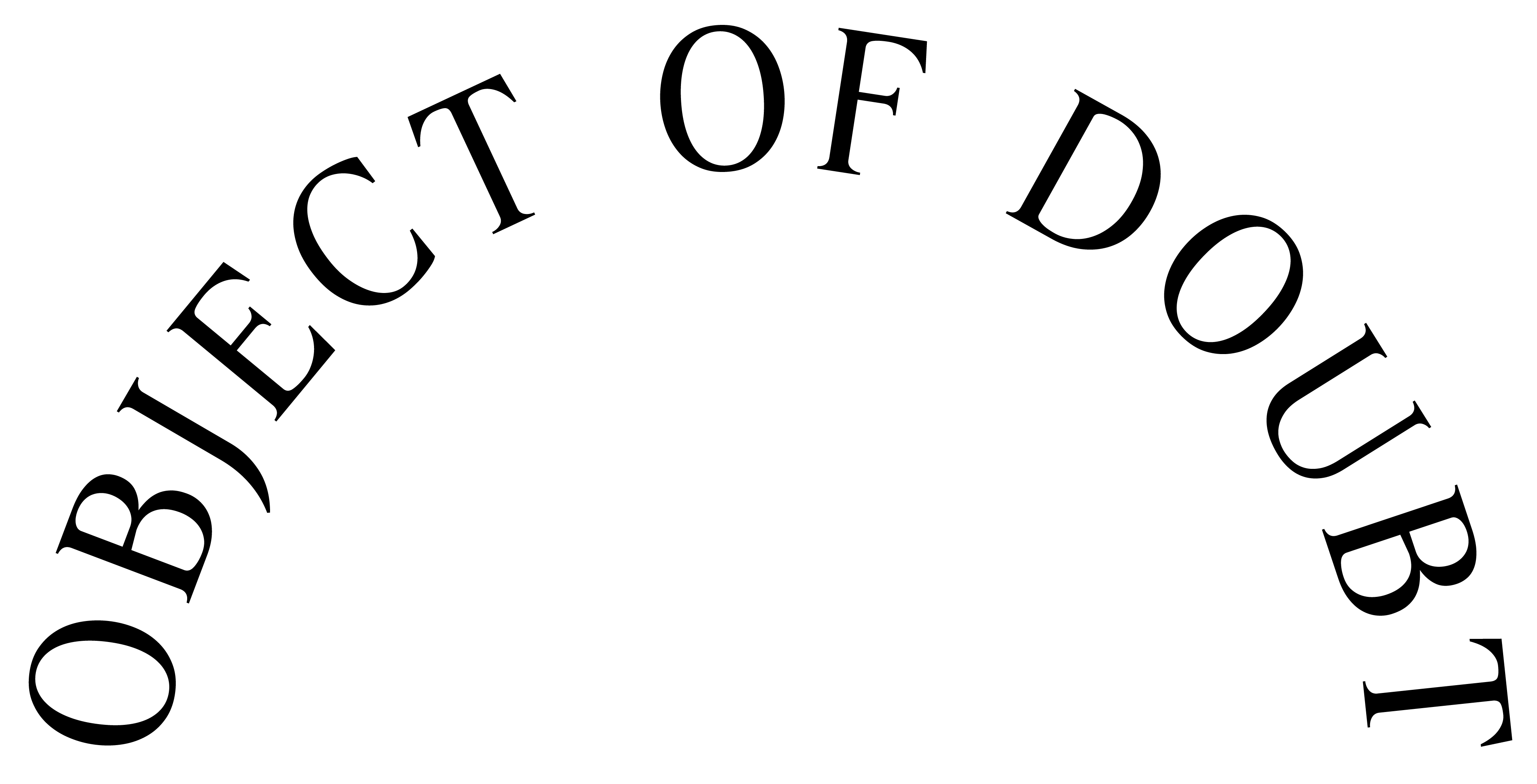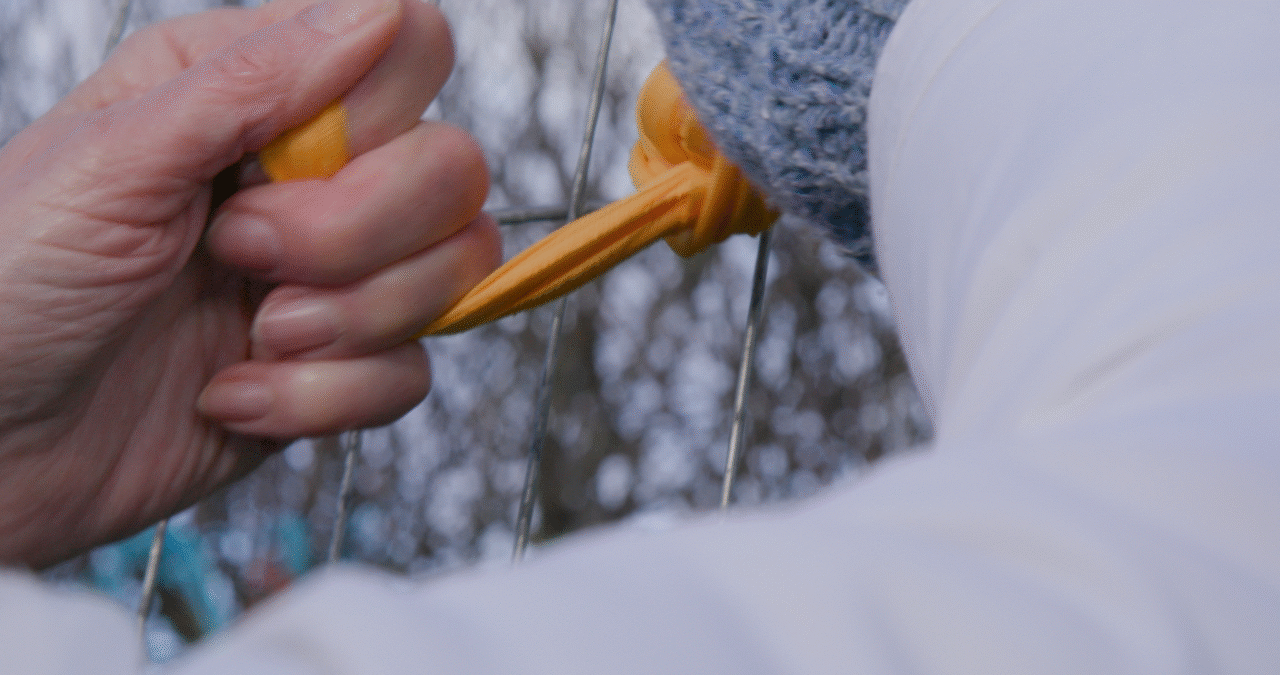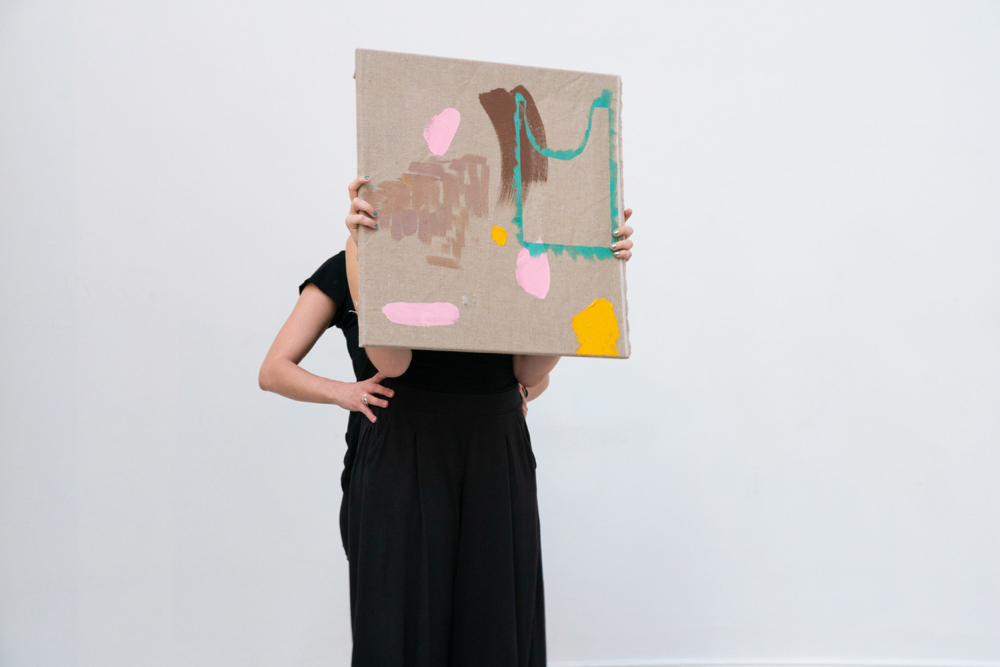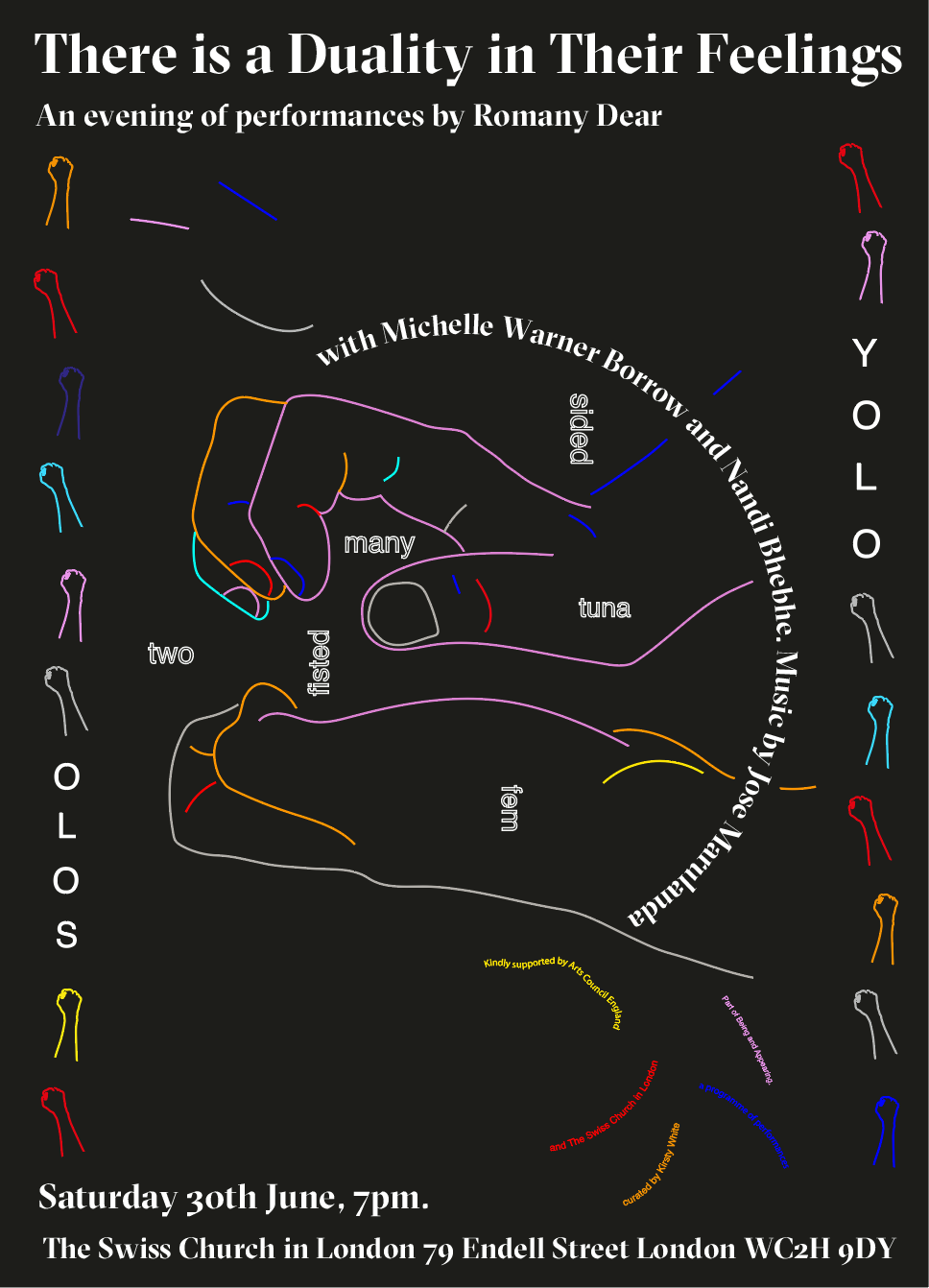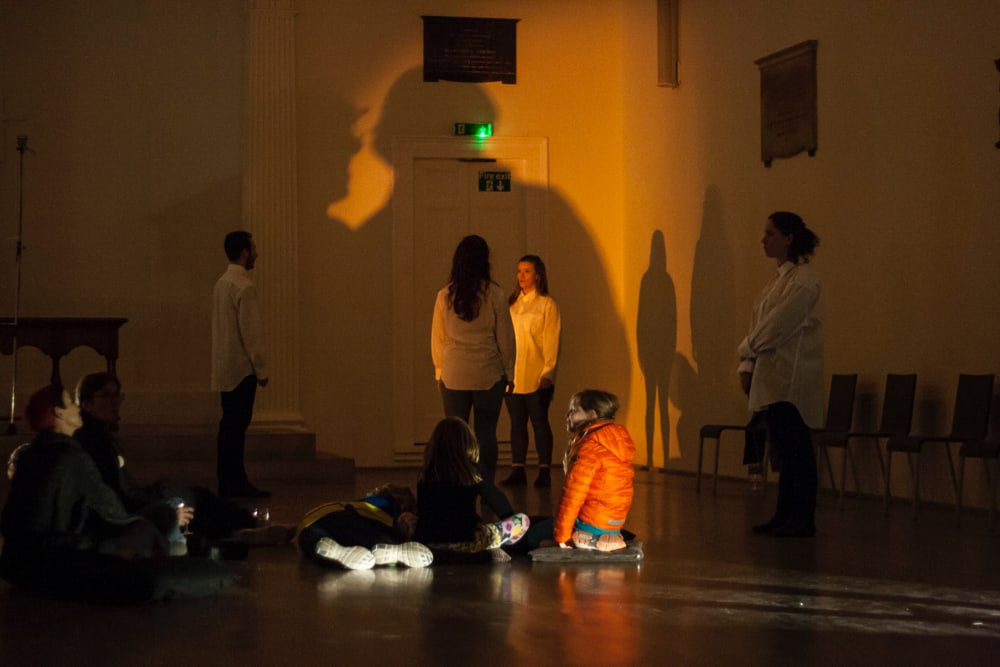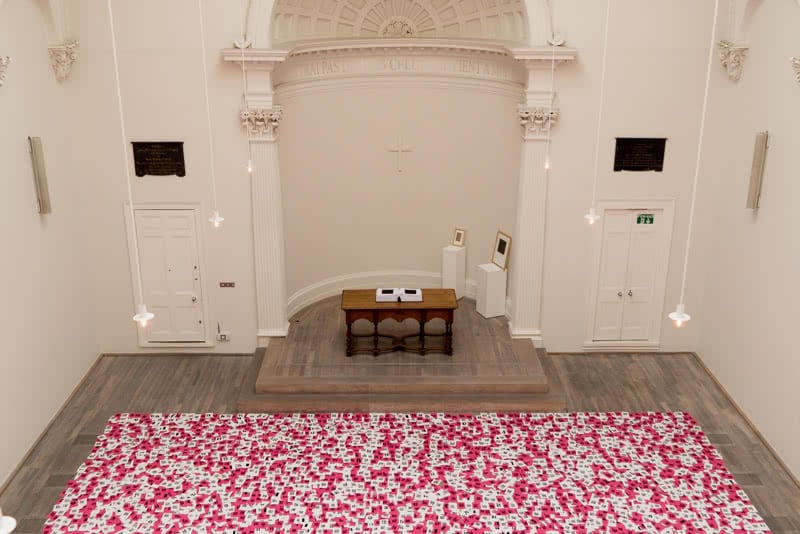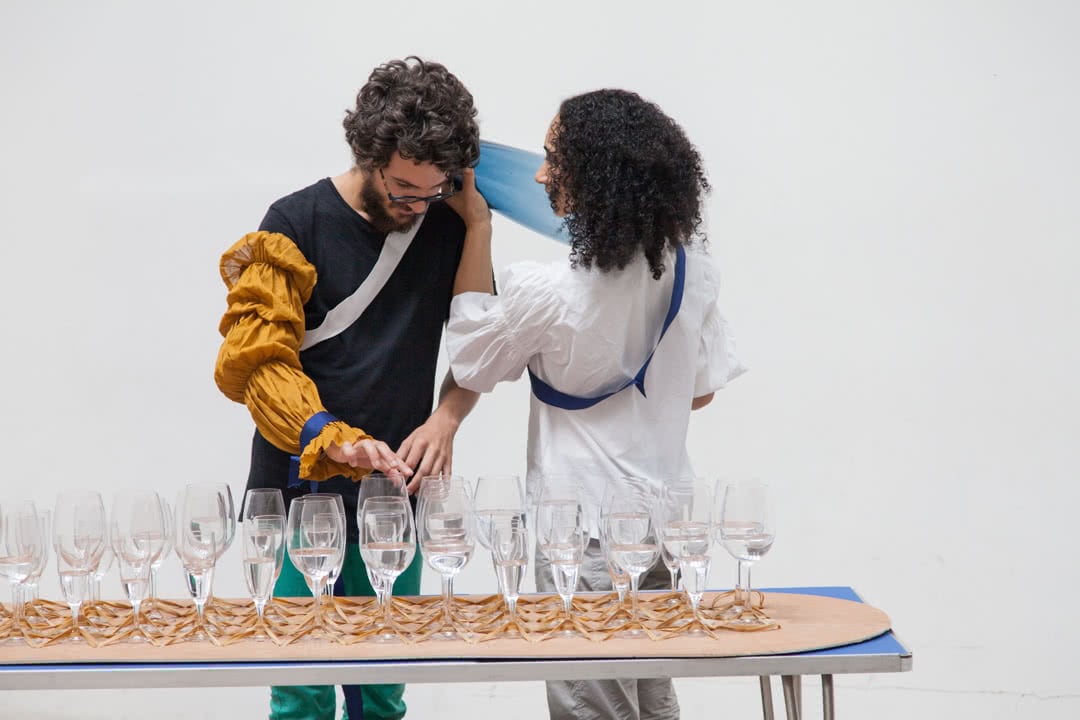Céline Condorelli Aleksandra Domanovic Jamie Fitzpatrick Patrick Hough, Maryam Jafri, Emilio Moreno, Laura Mulvey & Mark Lewis
In recent years, debates around iconoclasm have reentered the public consciousness, as countries around the world take steps to dismantle ethically ambiguous or ideologically contested artefacts. Examples include the Lenin statues in Ukraine, or the Confederate monuments in the United States.
When objects from the past sit uneasily with contemporary values, governments and individuals are faced with a choice—protect said monuments for future generations or remove them from public display. Either option comes with a myriad of political, social and ethical implications. Object of Doubt seeks to engage in these debates, presenting a variety of works by artists whose practices interrogate the ownership, preservation and destruction of artworks and cultural heritage.
Works include Laura Mulvey and Mark Lewis’ 1993 film Disgraced Monuments, which uses rare archival footage and interviews with artists, art historians, and museum directors to examine the fate of Soviet-era monuments through successive political regimes. As well as Maryam Jafri’s Getty vs Ghana (2012) —originally commissioned for the Belgian Pavilion at the Venice Biennale 2015 —which explores the foreign ownership of national heritage in the context of copyright and digitisation.
A new work by Jamie Fitzpatrick continues the artist’s use of patriarchal depictions of masculinity and nationhood to undermine them and render them absurd, while Aleksandra Domanovic’s Portrait (bump map) (2011) highlights how easily history can be altered through the manipulation of its material record.
Coinciding with the projected date for Britain to leave the European Union, Object of Doubt questions the formation and memorialisation of national identity. It highlights the longevity of ideology versus the longevity of material, as well as the potential to transform history through transforming the objects that record it.
Céline Condorelli (CH, IT, UK) is a London and Lisbon-based artist, and one of the founding directors of Eastside Projects, Birmingham, UK. She is the author and editor of Support Structures published by Sternberg Press (2009).
Aleksandra Domanović (b.1981, Novi Sad, former Yugoslavia) is an artist living and working in Berlin. Her work folds the aesthetic of classical sculpture into an investigation into how developing technology relates to the societies that create it.
Jamie Fitzpatrick (b.1985, Southport, UK) is an artist based in London. His practice deals with the rhetoric of image making, the relevance of the figure and how objects and totemic gestures such as flags, statues or plinths are used within the work to impose forms of power and control.
Patrick Hough (b.1989, Galway, Ireland) is an artist living and working in London. Incorporating moving image, photography and installation, Hough’s work explores the relationship between cinema, technology and archaeology.
Maryam Jafri (b.1972, Pakistan, Karachi) lives and works in Copenaghen and New York. She works across varied media with a specific interest in questioning the cultural and visual representation of history, politics, and economy.
Emilio Moreno (b.1980, Spain) is interested in the biography of objects, gestures and words. His practice investigates different notions of value and the realms of experience from which cultural values emerge. He lives and works in Amsterdam, The Netherlands.
Laura Mulvey (b. 1941) is Professor of Film at Birkbeck College, University of London. She is the author of many books including Visual and Other Pleasures (Macmillan 1989/2009), Fetishism and Curiosity (British Film Institute 1996/2013) and Citizen Kane (BFI Classics series 1992/2012).
Mark Lewis (b. 1957, Hamilton, Canada) is an artist and filmmaker based in London. His work draws liberally from film history, taking apart and re-assembling cinematic mechanisms and myths to help renew our fascination with an idea, a scene, a fragment of cinematic memory.
Kindly supported by Arts Council England, Imperial War Museum and Historic England.


